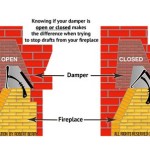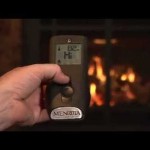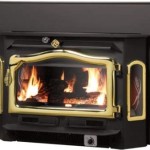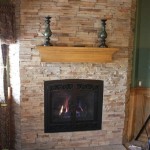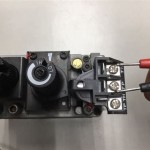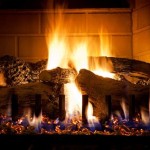Gas Fireplaces: Vented vs. Unvented
Gas fireplaces offer a convenient way to add warmth and ambiance to a home. However, choosing the right type of fireplace can be a challenge. Two main categories exist: vented and unvented. Understanding the key differences between these options is crucial for making an informed decision that aligns with your needs and preferences.
Vented Gas Fireplaces
Vented gas fireplaces, as the name suggests, rely on a vent system to exhaust combustion byproducts outdoors. These fireplaces typically feature a chimney or a direct vent that connects to the fireplace and extends through the roof or wall. The vent ensures proper airflow and removes harmful gases, such as carbon monoxide, from the home, making them a safer option for indoor use.
Key Features of Vented Gas Fireplaces
Vented fireplaces offer a number of advantages, including:
- Safety: The vent system effectively eliminates combustion byproducts, ensuring a safe indoor environment.
- Heat Efficiency: While some heat may be lost through the vent, vented fireplaces generally offer good heating efficiency.
- Versatility: Vented fireplaces can be installed in various locations, including traditional masonry fireplaces, freestanding units, and inserts.
Unvented Gas Fireplaces
Unvented gas fireplaces, also known as ventless fireplaces, do not require a traditional vent. Instead, they operate by using a catalytic converter or other technology to minimize combustion byproducts. These fireplaces generally produce less heat than vented options and are best suited for smaller rooms or spaces where a full-fledged heating system is not required.
Key Features of Unvented Gas Fireplaces
Unvented gas fireplaces offer these benefits:
- Easy Installation: Since no vent is required, installation is generally simpler and less expensive than vented options.
- Aesthetic Appeal: Unvented fireplaces can be installed in more locations, offering greater flexibility and design options.
- Cost-Effectiveness: Unvented fireplaces can be more affordable to purchase and operate than vented options.
Choosing the Right Option
The choice between vented and unvented gas fireplaces depends on several factors, including safety concerns, heating needs, and budget. Vented fireplaces are generally considered safer due to their exhaust system, while unvented fireplaces offer convenience and cost savings. It's essential to consult with a qualified HVAC professional to determine the best option for your specific circumstances.
Safety Considerations
While both types of gas fireplaces can provide warmth and ambiance, safety is paramount. It's essential to follow all manufacturer instructions and local regulations regarding installation, operation, and maintenance. Regular inspections and cleaning by a qualified technician are essential to ensure proper functioning and minimize safety risks.
Ultimately, the choice between a vented and unvented gas fireplace is a personal one. Carefully consider all factors and seek professional guidance to make an informed decision that aligns with your needs and priorities.

Vented Vs Ventless Gas Fireplace Logs

Vented Vs Ventless Gas Logs What S The Difference

Are Vent Free Gas Fireplaces Safe Ventless

Gas Fireplaces Direct Vent Vs Free Fine Homebuilding

Vented Vs B Vent Direct Free Dixie S

Gas Fireplaces Direct Vent Vs Free Fine Homebuilding

Differences Between Ventless And Vented Fireplaces Factory Buys Direct

How To Select And Install A Gas Fireplace Log Set Fireplaces Direct Learning Center
.aspx?strip=all)
Ventless Fireplaces Explained Safety Of Vent Free Fires
Gas Fireplace Venting Explained Heat Glo
Related Posts

